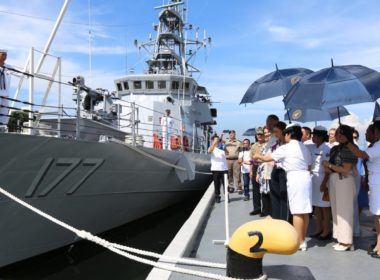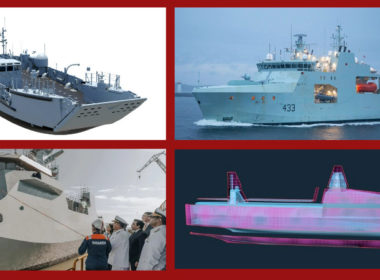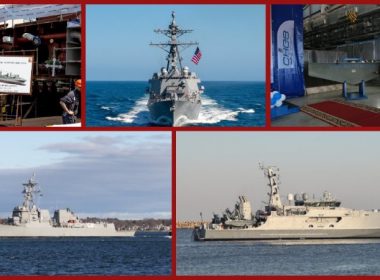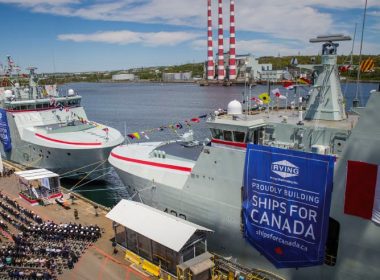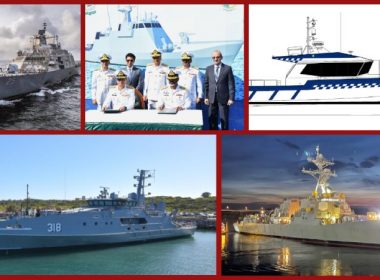Maritime Security Vessel News Roundup | October 3 – Italian and Australian patrol vessels plus US Navy surface ships

The US Navy welcomes a surface combatant into service while the Italian Navy takes delivery of a new offshore patrol ship. Construction continues on a future US Navy aircraft-capable amphibious ship. Finally, a Western Australia government office places an order for a multi-role vessel that will be built locally.
US Navy commissions littoral combat ship Augusta
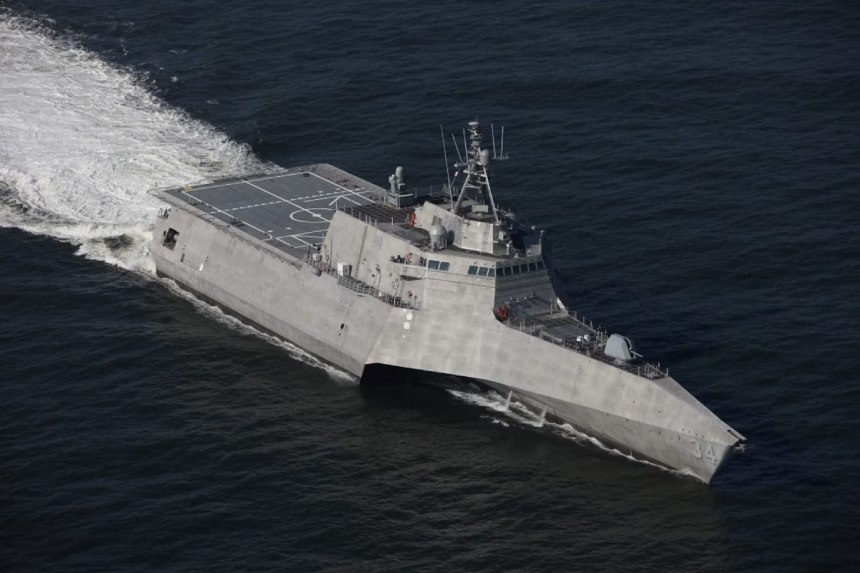
The US Navy commissioned USS Augusta, its newest Independence-variant littoral combat ship (LCS) during a ceremony in Eastport, Maine, on Saturday, September 30.
The 418-foot (127-metre) LCS is the second US Navy ship to be named after Augusta, the capital city of the state of Maine. Construction took place at the Mobile, Alabama, facilities of Austal USA.
The ship’s armament includes a BAE Systems naval gun, four 12.7mm machine guns, and Evolved SeaRAM surface-to-air missiles.
Power is provided by a combined diesel or gas (CODOG) propulsion arrangement consisting of two GE LM2500 gas turbines, two MTU 20V8000 diesel engines, and four waterjets. This configuration delivers a maximum speed of 44 knots and a range of 4,300 nautical miles at 18 knots.
Italian Navy takes delivery of third patrol vessel in series
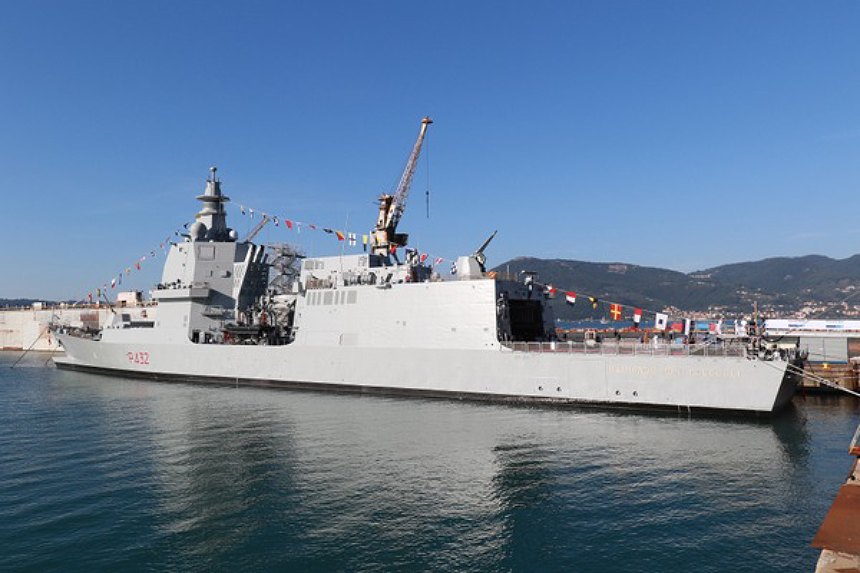
Italian shipbuilder Fincantieri has delivered a new patrol vessel to the Italian Navy.
Named after a famed 17th century Italian-born military commander, Raimondo Montecuccoli belongs to the Thaon di Revel-class of multi-purpose offshore patrol vessels (Pattugliatore Polivalente d’Altura; PPA).
The ship has an LOA of 143 metres, a beam of 16.5 metres, a draught of 10.5 metres, and accommodations for 135 crewmembers. Deck space is also available for an 11-metre-long rigid inflatable boat (RIB) that the crew can use for at-sea interceptions and boardings.
The armament includes Leonardo 76mm and 127mm naval guns, a Leonardo/Oerlikon 25mm close-range defence autocannon, surface-to-air missiles, anti-ship/land attack missiles, and torpedoes. Leonardo-Finmeccanica provided an array of guidance systems, a combat management system, radars, and a cockpit-style integrated navigation management system that can be operated by only two crewmembers.
The combined diesel and gas turbine (CODAG) propulsion driving two controllable-pitch propellers will allow the ship to reach 32 knots while low-speed sailings will utilise onboard electric motors. Even when only one of the two main diesel engines is in operation, the ship can still easily make 18 knots.
Keel laid for future US Navy amphibious assault ship Fallujah
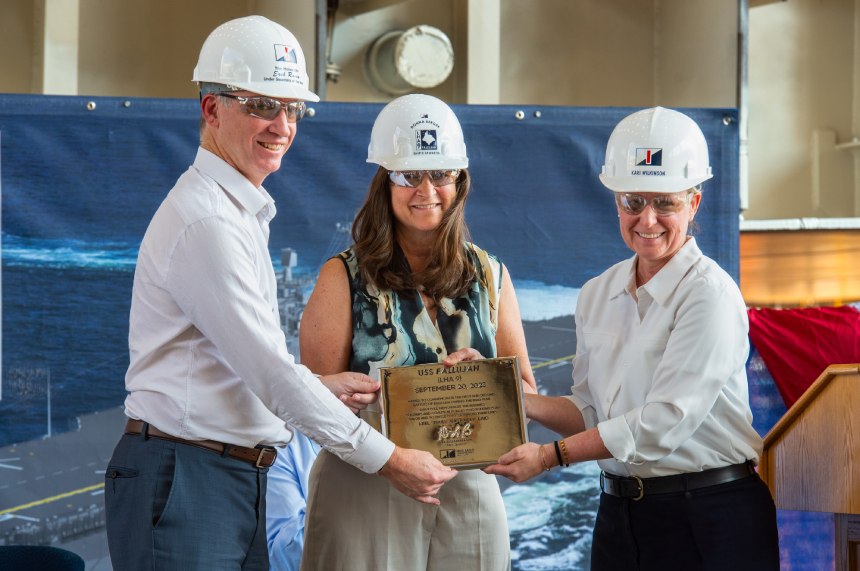
Huntington Ingalls Industries’ Ingalls Shipbuilding division recently laid the keel of the future USS Fallujah, an America-class amphibious assault ship (LHA) slated for the US Navy.
The LHA will commemorate the First and Second Battles of Fallujah, American-led offensives during the Iraq War. The name selection follows the tradition of naming amphibious assault ships after US Marine Corps battles, early US sailing ships, or legacy names of earlier aircraft carriers from World War II.
Like its sisters, the future Fallujah will have a length of 844 feet (257 metres), a beam of 106 feet (32 metres), and two gas turbines with a total installed power of 70,000 hp (52,000 kW) to deliver speeds in excess of 20 knots. Armament will include surface-to-air missiles, 12.7mm machine guns, and a 20mm close-in weapon system (CIWS).
The LHA will be used to transport elements of a brigade-sized US Marine expeditionary unit including aircraft and landing craft.
Australian builder awarded fisheries patrol boat contract
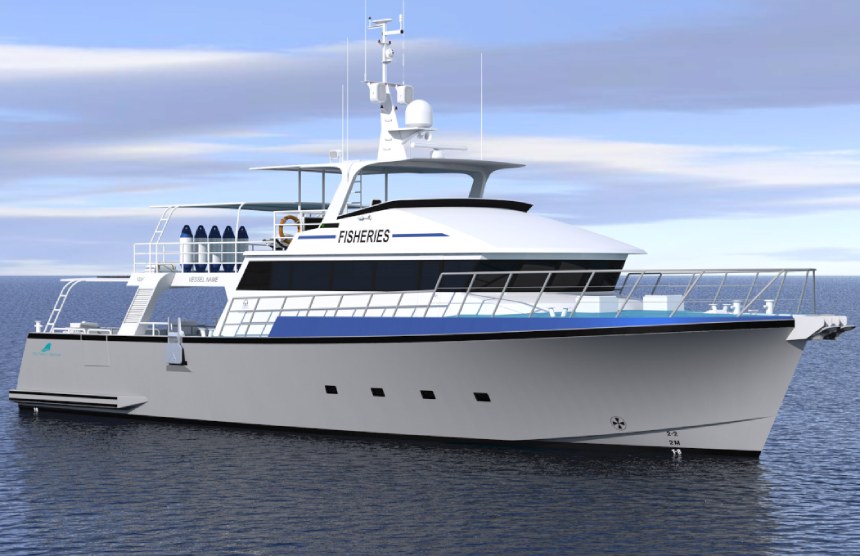
Australian boatbuilder Dongara Marine has been awarded a contract for the construction of a new fisheries patrol vessel to be operated by the Department of Primary Industries and Regional Development of Western Australia (DPIRD).
The 24-metre vessel will utilise a design developed by Western Australia-based naval architecture firm Southerly Designs. It will boast a greater range, lower engine emissions, and improved living conditions compared to the DPIRD’s existing patrol vessel, which has been in service for 25 years.
Onboard space will also be available for 5.5-metre tender for conducting inspections and boardings at sea.
When completed, the patrol vessel will be based in Broome and used for a range of core government roles including domestic fisheries compliance, marine park management, shark incident response, marine safety, search and rescue, whale disentanglement, and interception of illegal foreign fishing vessels.
Completion of the vessel is scheduled for September 2025.



